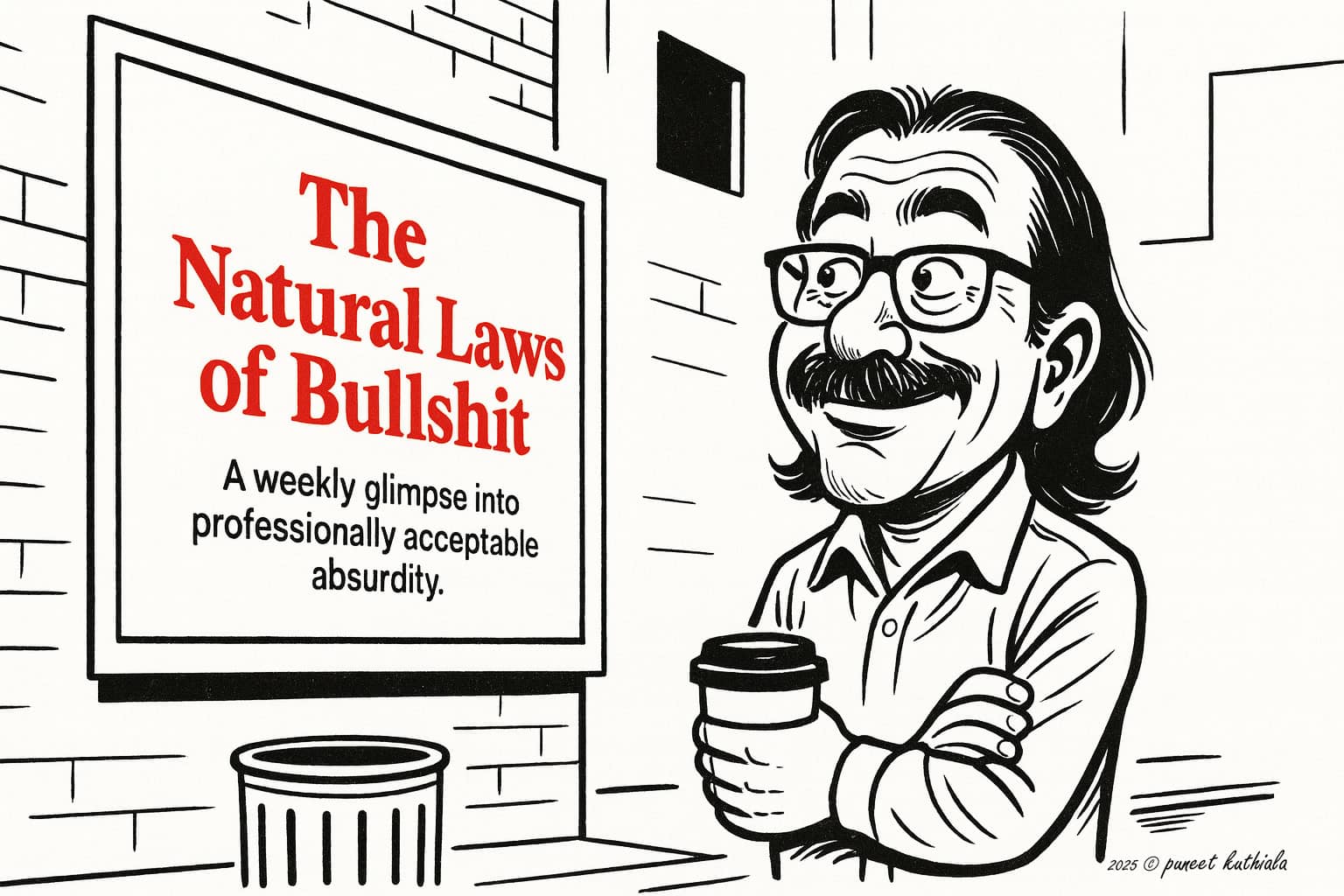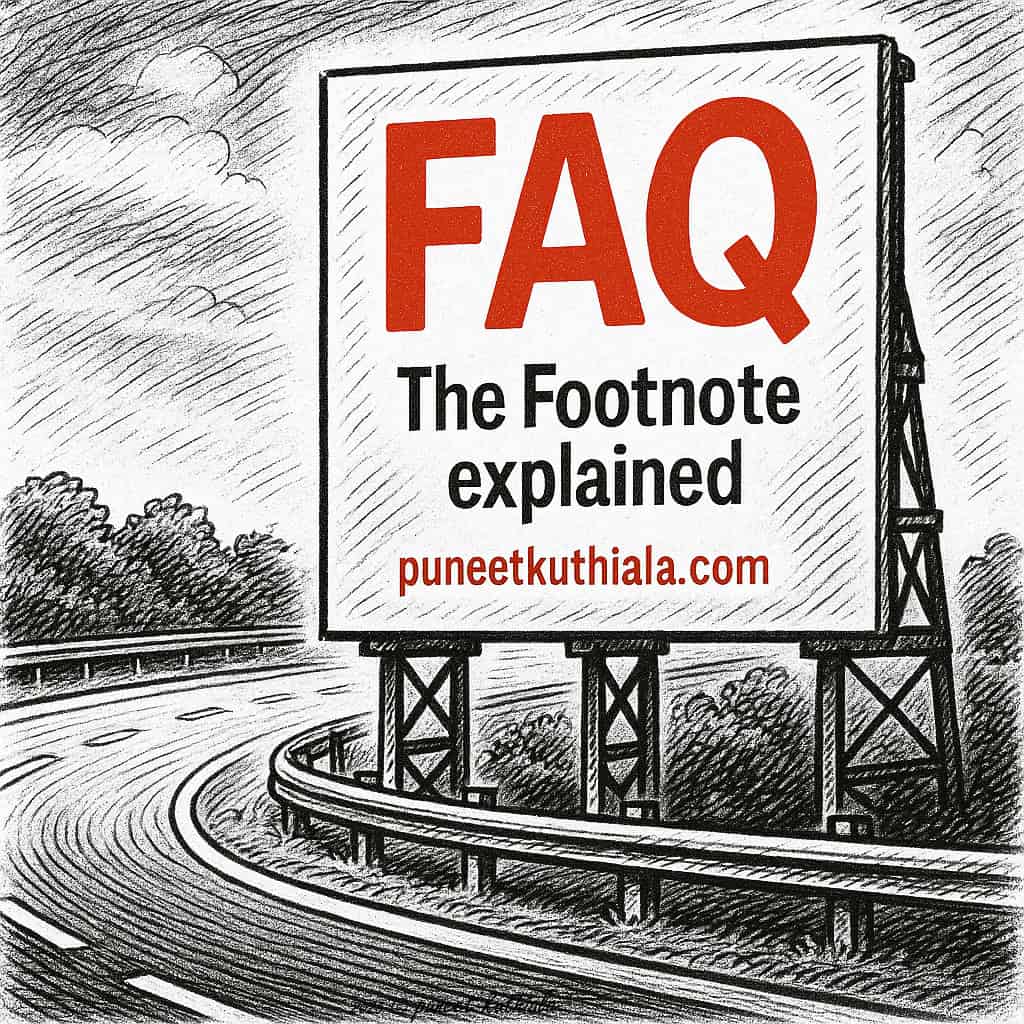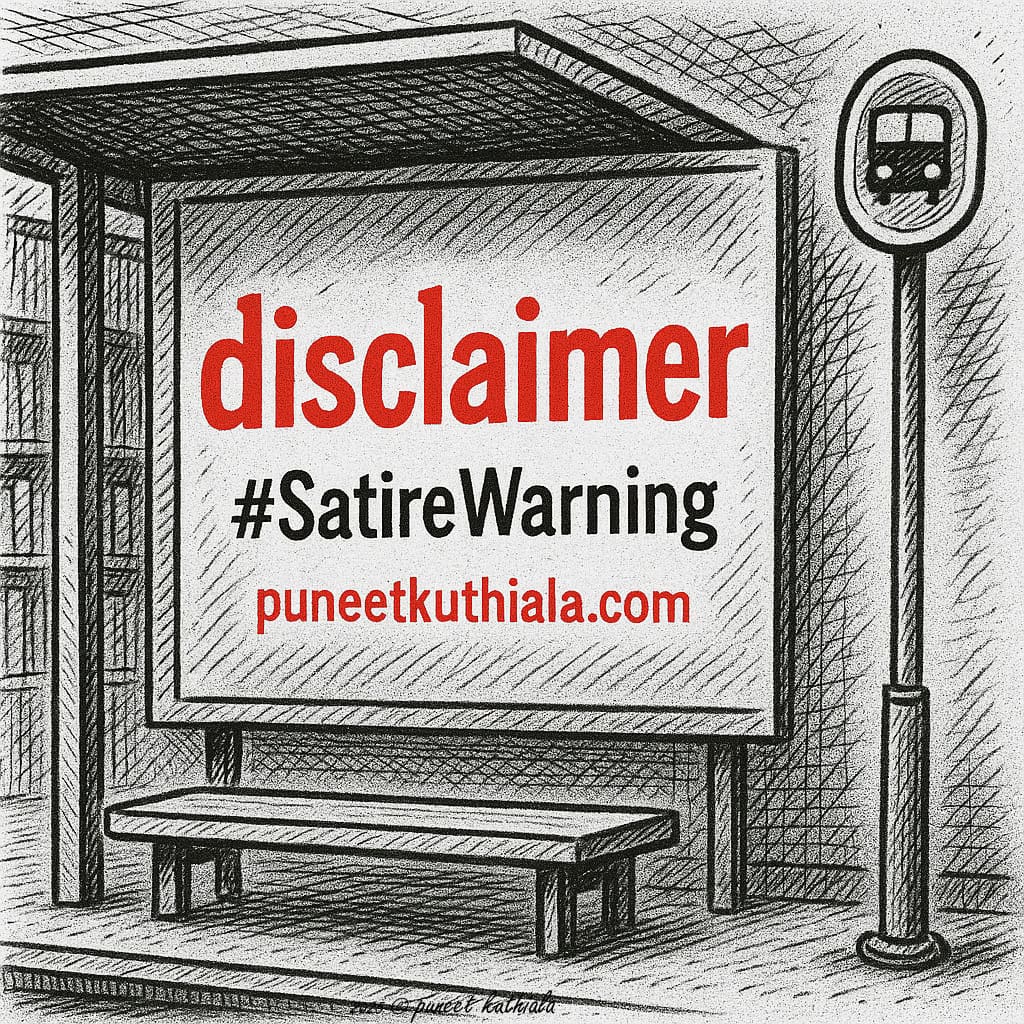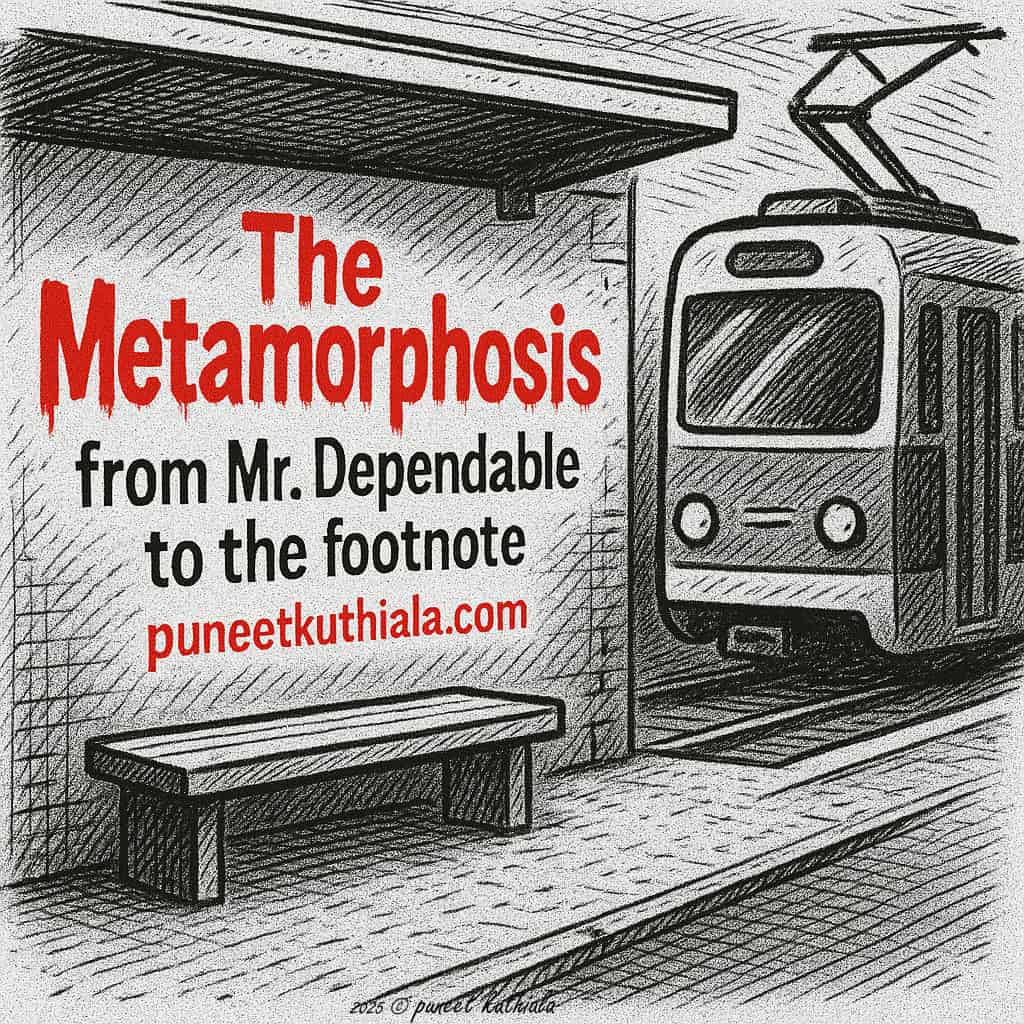
FAQs – Frequently Asked (& Avoided) Questions
General FAQs
Q1: What is Before the Laws Came to Be?
It’s the origin sequence of The Footnote — the story of how endurance became observation, observation became record, and record became law. It explains how The Natural Laws of Bullshit were discovered, not designed.
Q2: Who are John and Johnny?
John is the dependable one — the person who always delivers, no matter how absurd the system becomes.
Johnny is the quiet observer within him — the witness who takes notes in the margins of every corporate illusion. Together, they represent the performer and the watcher in all of us.
Q3: What exactly is The Footnote?
The Footnote is Johnny’s archive — a small, overlooked record of official absurdities.
It’s where the truths that don’t fit in presentations are safely stored.
Insignificant, yet indispensable.
Q4: What are The Natural Laws of Bullshit?
They are the unspoken rules that govern how organizations sustain dysfunction.
Unwritten. Unbreakable. Perfectly logical within their own absurdity.
Johnny didn’t create them — he just gave them names.
Q5: Why isn’t this on LinkedIn?
Because honesty doesn’t survive under observation.
On platforms where engagement is performance, recognition becomes risk.
The Footnote lives in quieter corners of the internet — where reading can still be private and truth can exist without applause.
Q6: Is this satire?
Yes — but not entirely.
It’s closer to documentation than parody.
If you’ve ever read something here and thought, “I’ve seen this happen,” then it’s already done its job.
Q7: What should I do with what I read here?
Nothing. If you can’t. Just survive.
Just recognize it. Smile quietly.
Because once you name the pattern, it loses a little of its power.
Philosophy
Q1: Is bullshit inevitable in systems?
Yes. Anything built to sustain itself will eventually prioritize survival over sense.
The trick isn’t to eliminate bullshit — it’s to see it clearly enough not to participate unconsciously.
Q2: What’s the difference between noise and nonsense?
Noise distracts.
Nonsense organizes itself into policy.
Q3: How does observation become insight?
When you stop waiting for permission to name what you already know.
Insight begins where politeness ends.
Q4: Can truth exist inside performance?
Briefly — in the pause between slides, in the raised eyebrow across the table, in the silence after the applause.
That’s where The Footnote listens.
Q5: Are these laws static, or do they evolve?
They adapt — like viruses, not principles.
Each reorganization gives them new names, new logos, new fonts.
Q6: What happens when a system becomes self-aware?
It issues a press release, forms a task force, and continues as planned.
Because most enlightenment programs are just endurance initiatives with new logos.
Serious FAQs
Q1: Are these laws approved by management?
Absolutely. Every single one — as long as they don’t recognize themselves in them.
Q2: Can I use these laws to improve my organization?
Of course not. Improvement would violate at least three of them.
Q3: Do the laws change over time?
Only their fonts and presentation templates do.
Q4: What happens if I break a Natural Law of Bullshit?
You’ll be asked to lead a task force to “understand the learnings.”
Q5: Is there a certification for this?
Yes. It’s called surviving another reorganization.
Q6: Who enforces these laws?
No one needs to. They enforce themselves — like gravity or calendar invites.
Laughter doesn’t fix the system, it just keeps the witnesses alive a little longer.
Privacy & Safety
Q: Why isn’t The Footnote on LinkedIn?
Because honesty doesn’t survive under observation.
On professional platforms, every nod is logged, every smile tracked, every reaction archived.
You can’t safely recognize dysfunction on the same platform that rewards pretending it doesn’t exist.
Q: Is this about secrecy?
No. It’s about safety.
Privacy isn’t hiding; it’s protection — the right to think without performance metrics.
Q: Why is anonymity important?
Because the moment recognition becomes engagement, it turns into data.
And data belongs to the system.
Q: So where can I read safely?
Here — where your reading leaves no trace.
In email, or on X – both the quiet and the loudest corners of the web where insight doesn’t need applause.
Q: Isn’t that a bit dramatic?
Only if you’ve never seen a “values workshop” scheduled right after layoffs.
Why Satire?
Q1: Why use satire to talk about work?
Because truth told directly gets dismissed as negativity.
But truth wrapped in irony slips through the filters — it reaches people before the defenses do.
Q2: Is The Footnote angry?
No. It’s observant.
Anger burns fast; observation endures.
The Footnote was written to notice, not to rage.
Q3: Why not write practical advice instead?
Because advice assumes the system is listening.
Satire assumes it isn’t — and speaks to those who already know.
Q4: Does Johnny believe organizations can change?
He believes individuals can.
Organizations adapt language faster than behavior.
So The Footnote writes for those who must stay lucid inside the loop.
Q5: Is this cynicism or clarity?
Clarity — sharpened by humor, softened by fatigue.
Cynicism gives up.
Clarity endures long enough to document what it sees.
Q6: Is this art, commentary, or therapy?
Yes. In equal measure.
Because when work becomes performance, writing becomes survival.
Satire is reflection. Delivered safely, with a straight face.
Every system has its gravity.
A quiet pull that drags good intent back into familiar orbits.
The Natural Laws of Bullshit names those invisible forces.
They aren’t written in policy manuals or leadership decks.
They live in habits, hierarchies, and unspoken agreements –
that make dysfunction feel natural.
These laws aren’t here to fix the system.
They’re here to name it.
One irony at a time.




